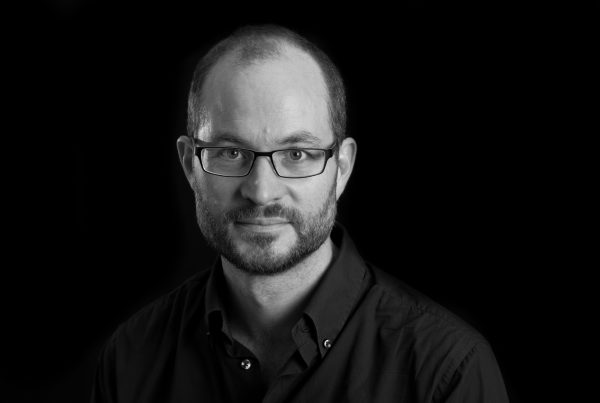Born in 1968 in Palo Alto, California, USA, Morgan Mitchell earned his PhD in Physics from the University of California at Berkeley in 1999 with a thesis on the quantum optics of photon-photon interactions. In the group of Serge Haroche and Jean-Michel Raimond in Paris he worked on experimental cavity quantum electrodynamics with cold atoms. At Reed College he developed ultra-low power entangled photon sources, and in the group of Aephraim Steingberg in Toronto he demonstrated the first multi-photon NooN states and quantum process tomography. In 2004 he joined ICFO as a Junior Group Leader. His group "quantum optics with cold atoms and non-classical light" uses narrow-band quantum light sources and cold atomic ensembles to study interaction of light and matter at the most fundamental, quantum mechanical level. He was awarded an ERC Starting Grant in 2011, recognized with a Vanguardia de la Ciencia award in 2012, Ehrenfest Prize and Kavli Publication Prize in 2016.
